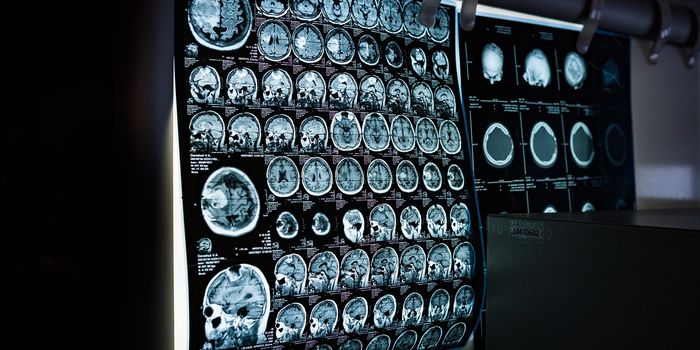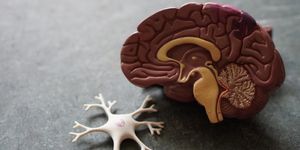Celular aging reexamined
New research published in Genes and Development has identified one of the mysteries of aging. According to scientists at Sanford Burnham Prebys Medical Discovery Institute and Harvard University, mitochondria trigger senescence. Senescence refers to the sleep-like state of aged cells.
In addition to this discovery, the recent study also reports that an already FDA-approved drug could suppress senescence, which has significant implications for diseases related to aging such as cancer, Alzheimer's disease, heart disease, among others.
Senior author Peter Adams, Ph.D., is a professor in Sanford Burnham Prebys' National Cancer Institute (NCI)-designated Cancer Center. He commented, "Our findings provide a foundation upon which we can start to develop drugs that extend our health span -- the number of years we live a healthy life. Given the major social and economic hurdles we will soon face as millions of Americans grow older, interventions can't come soon enough."
In conducting their study, the researchers modeled senescence in human lung cells. They were able to identify mitochondria as the driver of certain inflammatory signals through its communication with the nucleus. Such inflammatory responses are associated with several negative health effects.
"In school we learned that the role of mitochondria is to generate energy -- and that DNA controls everything the cell does," explains Adams. "Research is now showing that mitochondria are important sensors for the cell and have a lot of cross-talk with the nucleus, which makes sense given their duty to respond to the cell's metabolic needs."
Furthermore, the team showed that an HDAC inhibitor drug that is currently used to treat some cancers is capable of suppressing senescence by changing cells’ shapes. Interestingly, the scientists observed that senescent cells administered the drug generated fewer inflammatory signals. They hope to continue investigating senescence-inhibiting drugs at the Institute's Conrad Prebys Center for Chemical Genomics.
"This study provides the first concrete link between several known hallmarks of aging -- dysfunctional mitochondria, inflammation, and senescent cells -- which historically were studied as separate events," says Adams. "We are hopeful that targeting the molecular drivers of senescence will lead us to safe and effective medicines that help more people stay as healthy as possible, for as long as possible."
Sources: Genes and Development, Science Daily









